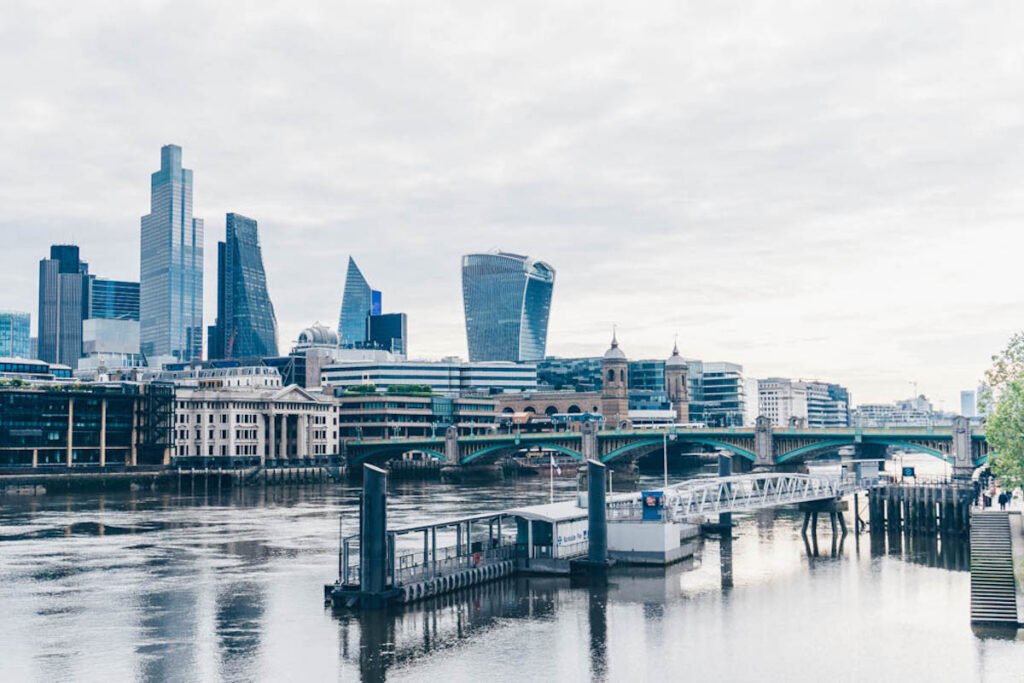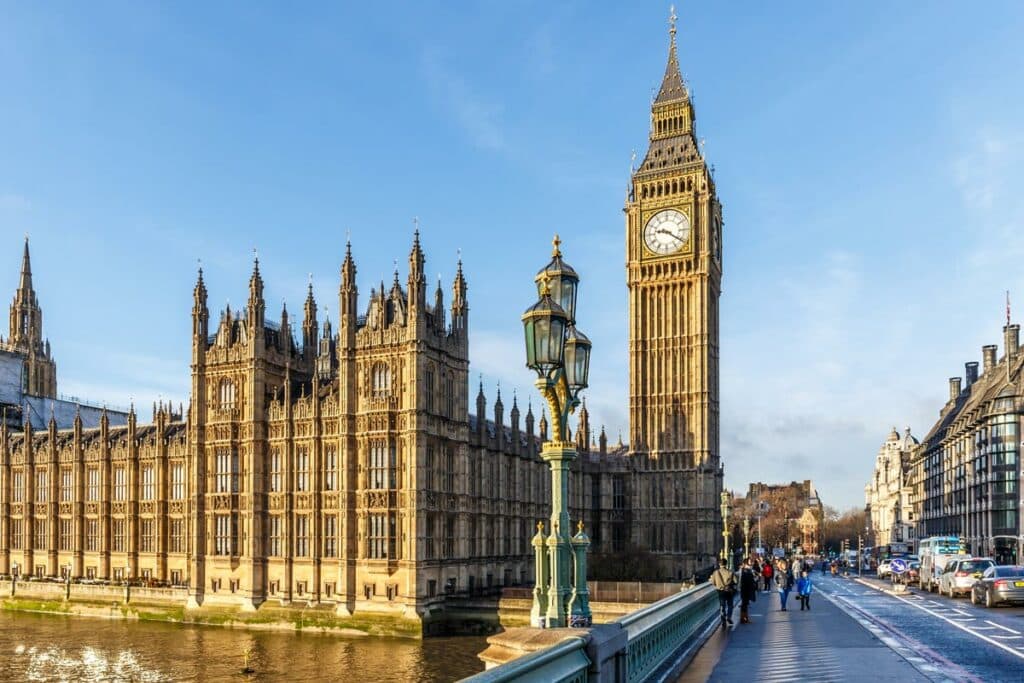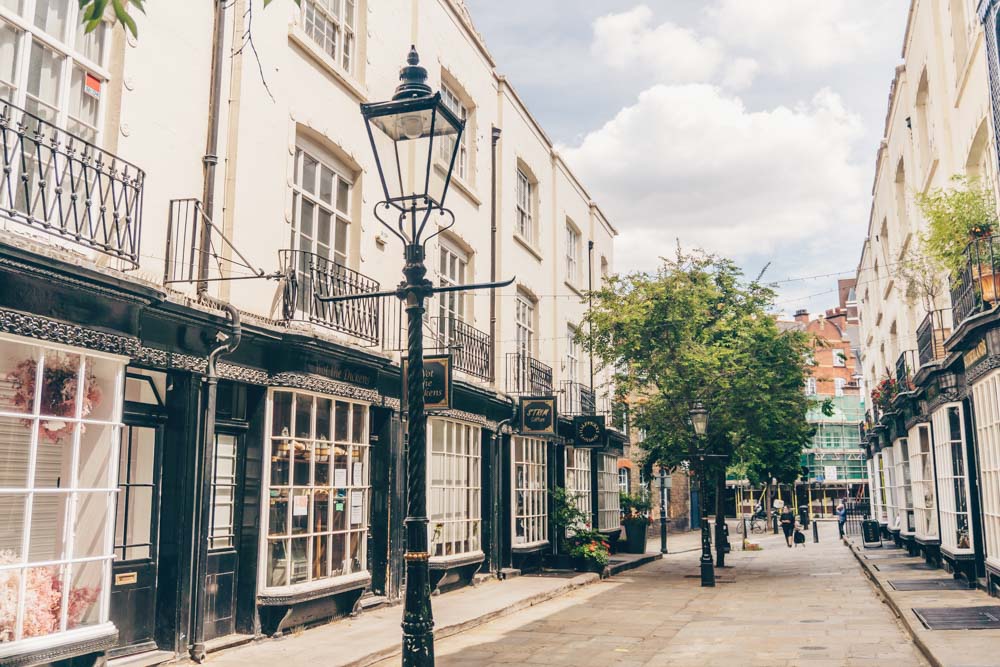London – we all know it. That massive heap of buildings, parks and weird (but wonderful) people who can’t look at each other on public transport. No wonder London has attracted a fair few nicknames over the years.
I’ll wager you’ve heard of some of London’s nicknames – like The Big Smoke – but maybe not some of the others… The Great Wen anyone?
“What’s in a name? That which we call a rose by any other name would smell as sweet.” William Shakespeare – Romeo and Juliet.
Whatever Shakespeare’s thoughts on the immateriality of names, London’s nicknames tell you a lot about the city’s past. Let’s explore.
Nicknames for London
The Great Wen
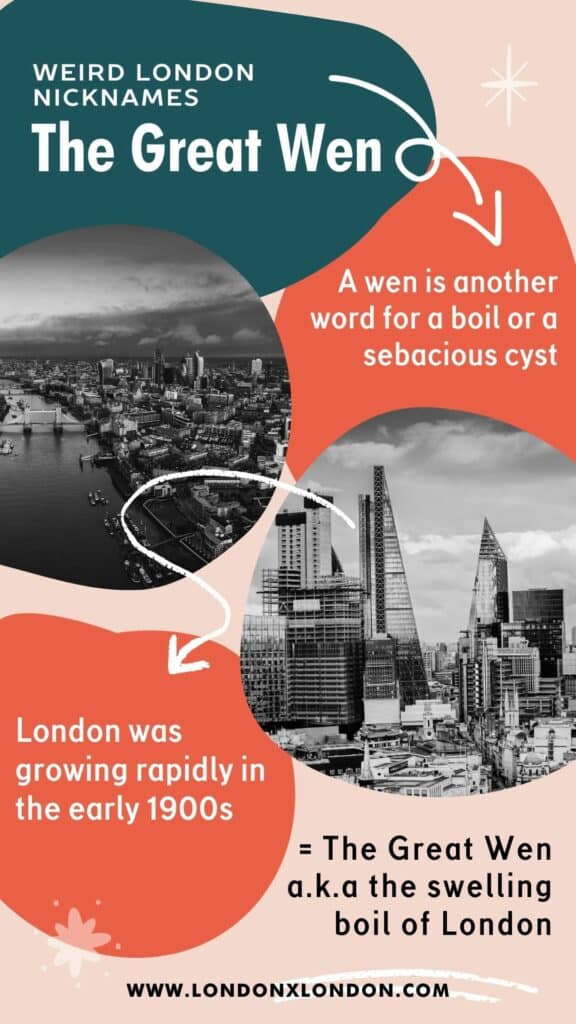
Now, I’ll put my hand up and say that I hadn’t ever actually heard someone call London by the nickname of The Great Wen… but the story behind it is too good to pass up.
A wen is another word for a boil or a sebaceous cyst.
London was growing rapidly in the early 1800s.
So William Cobbet, an English pamphleteer, journo, member of Parliament and farmer came up with the nickname The Great Wen to refer to the expanding city.
The Swelling Boil just doesn’t have the same ring I guess.
The Big Smoke, The Smoke or The Old Smoke
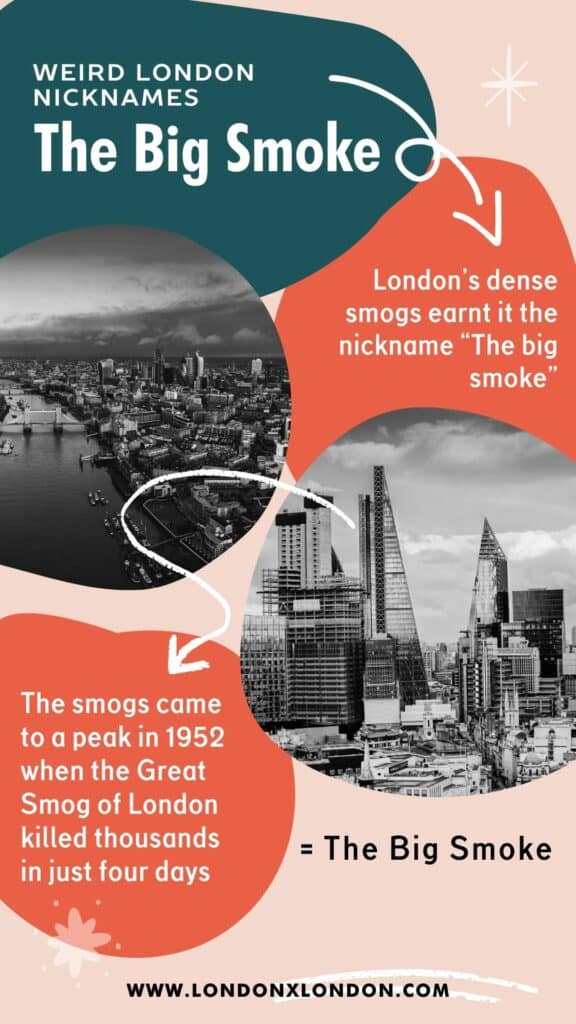
Much as we might complain about the poor air quality in London today, it’s nothing to the great smogs that used to plague the capital. London’s always had a bit of a reputation for being a bit foggy and grey but this was vastly increased by the Industrial Revolution.
The Industrial Revolution led to the rapid building of millions of buildings in London – and millions of air-polluting chimneys alongside them, which, in turn, made the fogs thicker and more persistent.
The problem carried on getting worse and worse until 1952 when The Great Smog of London killed thousands of people when it raged for four days straight between the 5th and 9th December.
It resulted in sweeping air pollution reforms and laws including the Clean Air Act of 1956.
The City
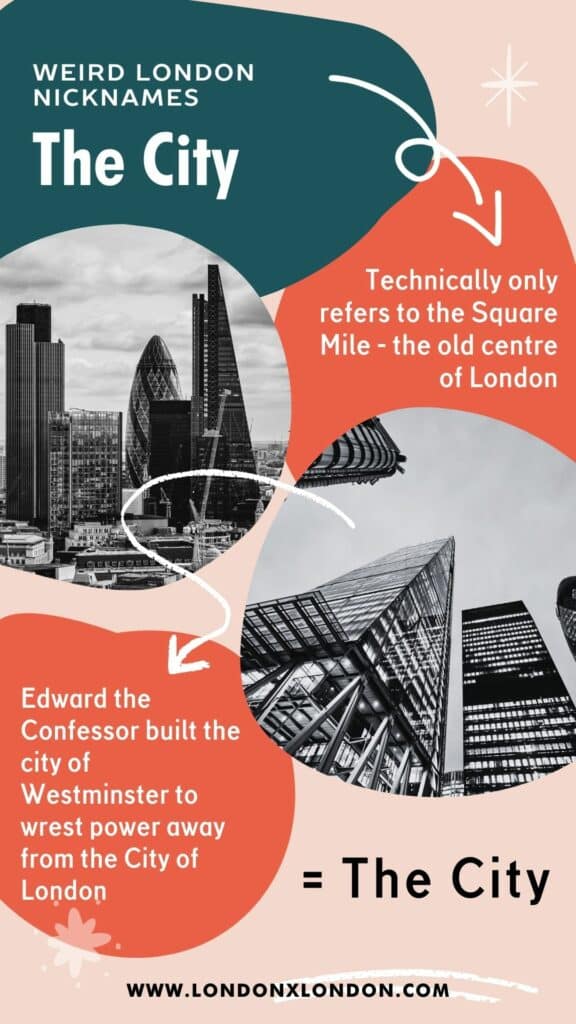
While London is clearly a city, and a pretty sprawling one at that, The City technically only refers to the Square Mile that was the historic centre of London.
It’s where you find the majority of London’s Roman ruins (like the stellar Mithraeum) and many more of the buildings of bygone days.
Even today, it’s run by the City of London Corporation and has its own police force and Lord Mayor of the City of London.
Prior to the 11th century, much of the country’s power and authority rested within The City – a fact that Edward the Confessor didn’t like very much.
He started building what was to become The City of Westminster to wrest power away from The City of London and started a centuries old beef that still means The Queen (or any other monarch of the UK) is not allowed to step foot in the City of London without the permission of its Lord Mayor.
Read Next: City of London Area Guide – What to See, Do and Skip
The Swinging City
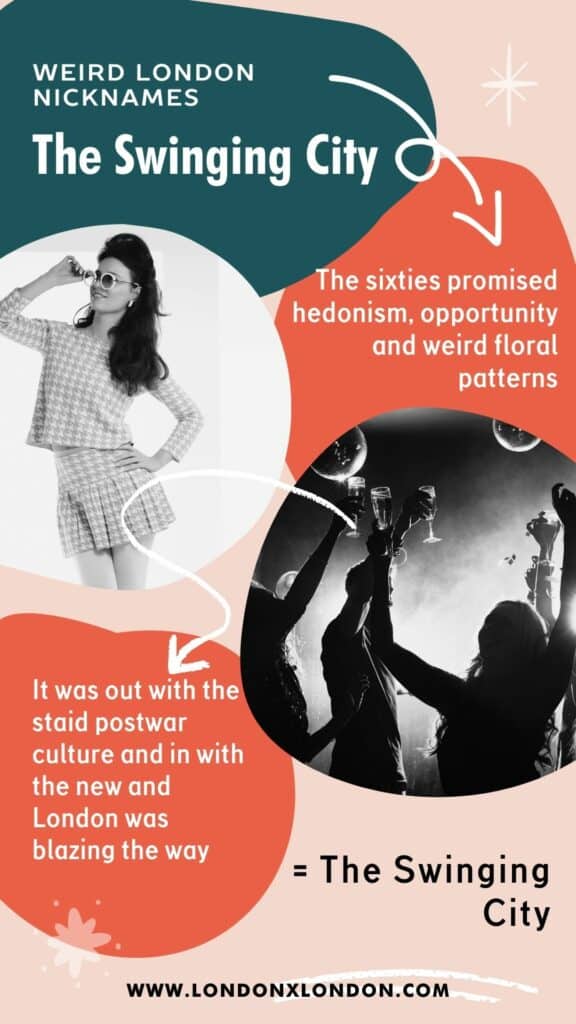
It’s hard to believe it in a day when it costs a million pounds and the blood of your firstborn to buy a stamp-sized flat in London but the city was at the centre of the cultural revolution that shook up the UK in the 60s.
Hedonism, opportunity, weird floral patterns – it was out with the staid postwar culture and in with the new and London was blazing the way.
You know you’re doing something right as a city when the then Editor-in-Chief of Vogue (Diana Vreedland) calls you “the most swinging city in the entire world”. Beat that.
Reykjavik-on-Thames
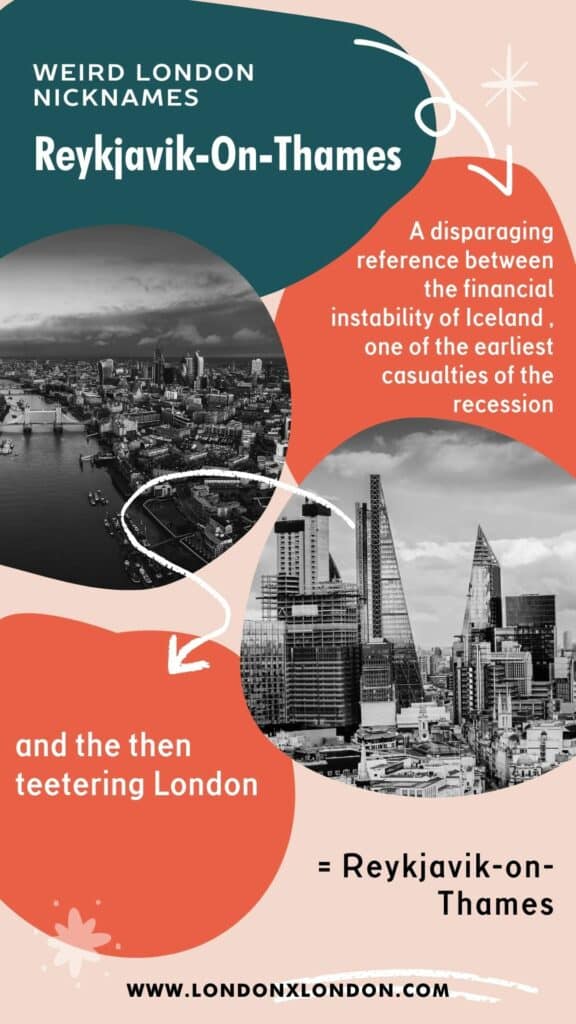
This one was thrown up by the last financial crisis (the 2008 one rather than the one we’re heading for in 2020) and is a disparaging reference to the similarities between the financial instability of Iceland, one of the earliest casualties of the recession, and the then teetering London.
This rather scathing quotation from the New York Times in 2009 says it all.
“An island nation that bulked up on debt and lived beyond its means. A plunging currency. And a financial system edging toward nationalization. With the pound at a multi-decade low and British banks requiring ever-larger injections of taxpayer cash, it is no wonder that observers have started to refer to London as “Reykjavik-on-Thames.”
Ouch. Not so swinging now.
Londontown
Don’t get too excited because:
- This one isn’t even that interesting and
- It’s factually incorrect anyway (the horror)
Nicknaming London as Londontown (oh, how original) was first started by a rather gushy wartime song called A Nightingale Sang in Berkeley Square written in 1939 with lyrics by Eric Maschwitz and music by Manning Sherwin. To give you an idea of the level of gushiness we’re talking about, here’s an extract from said song…
“But I’m perfectly willing to swear
That when you turned and smiled at me
A nightingale sang in Berkeley Square
The moon that lingered over London town.”
Saccharine sweet.
And Finally… Londinium to London
There’s a long (and not that interesting) history behind where London got its name but if you want the TLDR version, it goes a little something like this.
Romans invaded Britain, founded a trading settlement on the northern bank of the Thames and called it Londinium. That was around 43AD.
In the many, many years that followed, London got called all kinds of things: Londinio, Londini, Londiniensium and Augusta (wut?) before we all agreed to settle on London.
Find Out More Weird Facts About London

